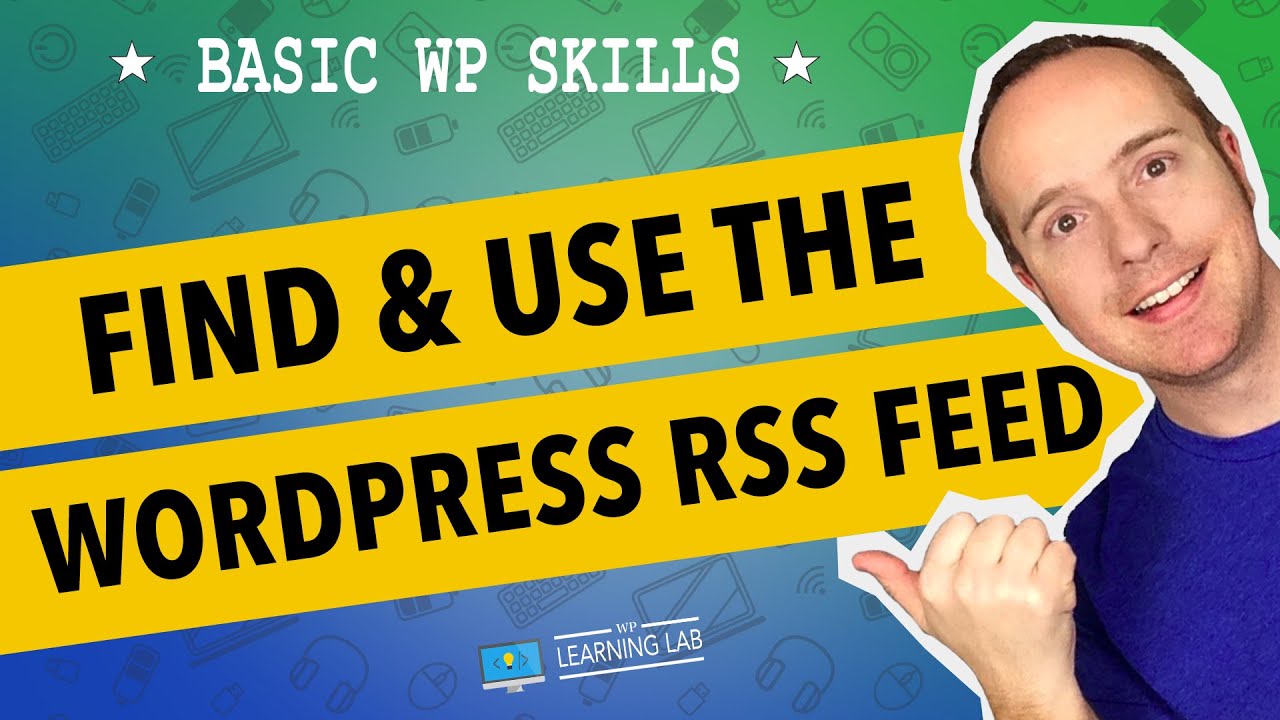
It’s entirely possible that some readers only find some of your articles appealing. Therefore, a reader could decide to subscribe to the entire paper or just the sports section.Īnd that’s another benefit of having an RSS feed. Why is that the case? Because those publications have dozens, if not hundreds, of sections.

This is far more relevant to large online magazines (like the Wall Street Journal or USA Today). RSS feeds can also be broken up based on category or topic. Sometimes it’s difficult to locate an RSS Subscribe button on a website or blog, but you can often find them near the social media buttons, in the footer, or by searching “Website Name” + “RSS Feed” in Google. In order to subscribe, the reader clicks on a Subscribe button. After that, the reader needs to use an RSS reader or aggregator to consume the content. RSS, or Really Simple Syndication, offers readers a chance to subscribe to your blog.

This way, they don’t have to bookmark their favorite news websites or search on Google whenever they want a good read. In short, RSS keeps your readers reading all the content they want, in one location. In addition, it combines with aggregators for easier reading, compiling, and organization. RSS has been around since 1999, and it works as a distributor of content across the web. It would also be nice for the website owners, since it would allow you to distribute your content in a more efficient manner, delivering the content to where the customers want it to be.


What if users didn’t have to come to your WordPress site in order to read your articles? That would certainly make it easier for users since they wouldn’t have to navigate to ten of their favorite blogs and news sources to get their daily information.


 0 kommentar(er)
0 kommentar(er)
